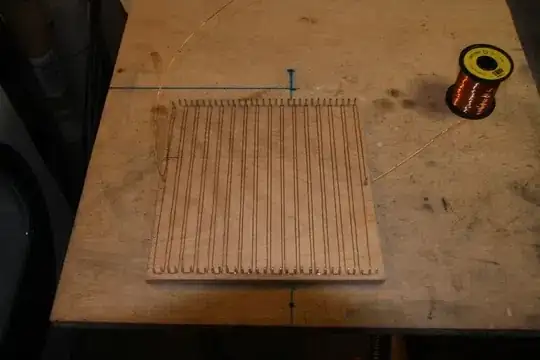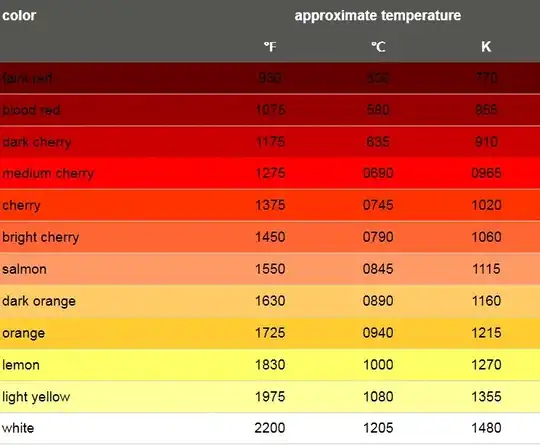In this instructable, a user creates a heated bed from a wooden plank, some nails, insulated copper wire, and a DC switch. He does place an aluminum bed on top of it, but for our heated chamber, we won't use any aluminum on top of these wires. We aren't trying to heat an aluminum bed, but an entire chamber.
 Assume I place a wire loom like this underneath my 3D printer. (I might place some aluminum foil between the wood and the copper wire, to reflect heat upwards more? Is that safe?)
Assume I place a wire loom like this underneath my 3D printer. (I might place some aluminum foil between the wood and the copper wire, to reflect heat upwards more? Is that safe?)
Then assume I have a cardboard box that has aluminum foil lining the walls on its inside. Assume the total size of my printer is 500mm x 500mm x 500mm. When I place the cardboard box over my printer, do you think it would take less than 1 hour for the top of the cardboard box to reach 60 degrees Celsius?
Do you think there are any other hazards here I am not considering?
Could I, theoretically, do this entirely with cardboard, and no wood?
Could I, theoretically, line the inside of my cardboard box like this? Or might the cardboard ignite?
I'd like to use cardboard because it is both lightweight and insulative. I can remove it easier to check all areas of my printer, unlike an enclosure.
